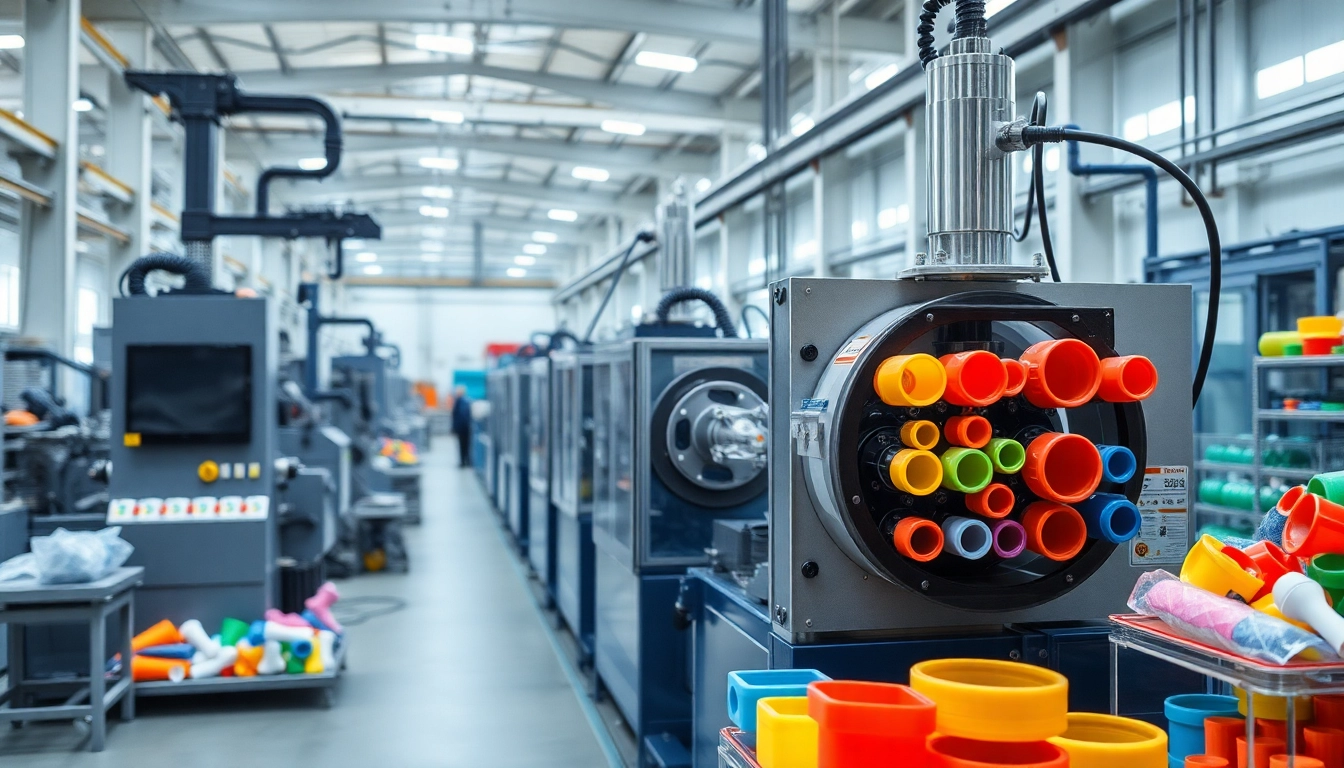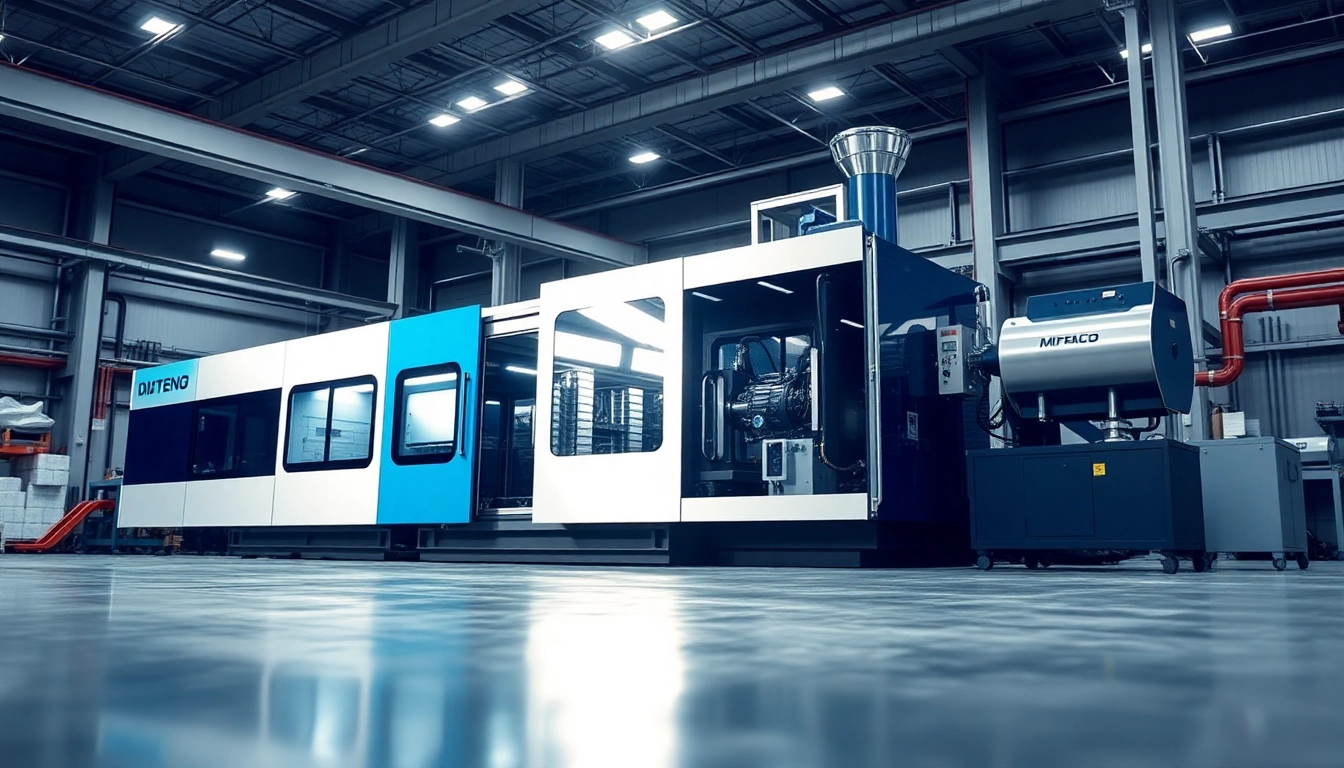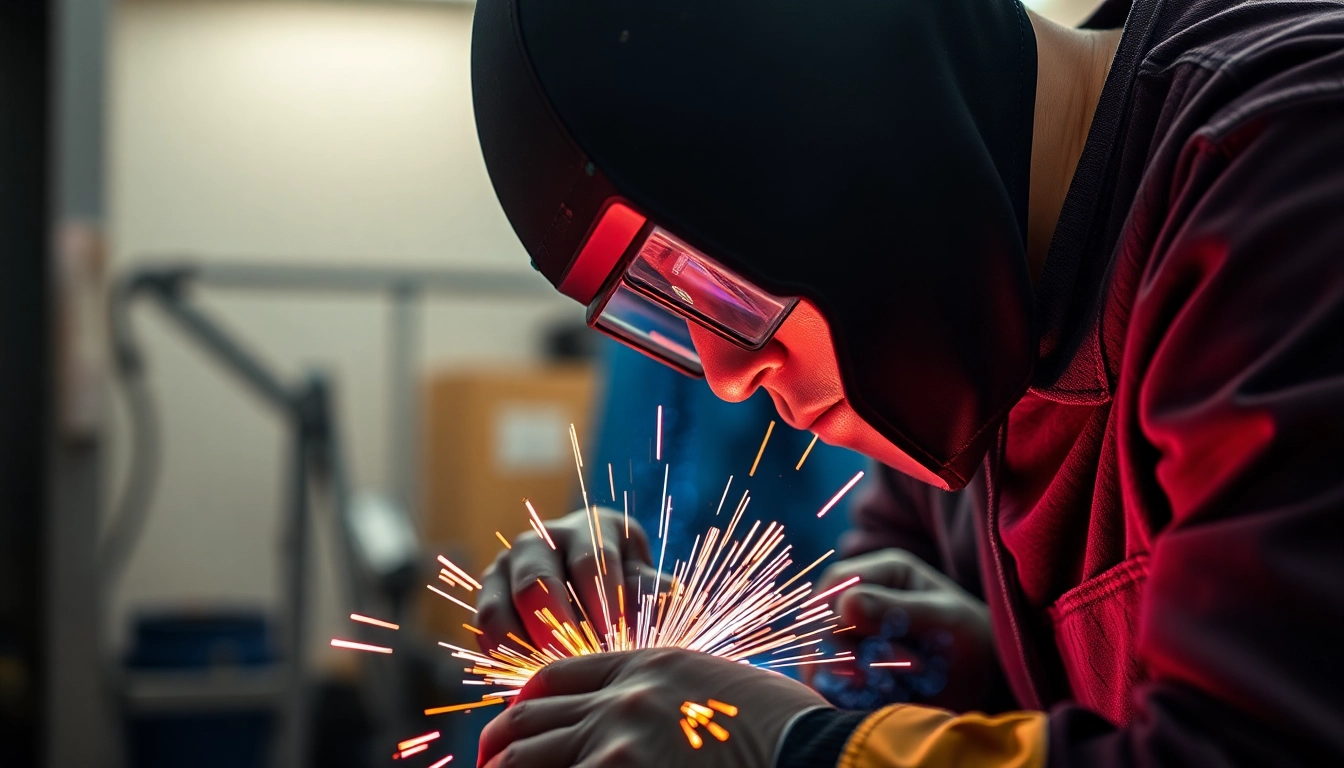Understanding Blow Molding Machines
Blow molding machines play an integral role in manufacturing various hollow plastic products used across different industries, from packaging to automotive components. These machines operate by forming plastic into desired shapes through a combination of heat and air pressure, producing lightweight, sturdy items. This guide aims to provide an in-depth exploration of blow molding machinery, covering their operation, types, components, maintenance practices, and market trends.
In recent years, the demand for such machinery has increased significantly due to heightened plastic consumption driven by diverse industrial needs. With innovations in technology, the efficiency and capabilities of blow molding machines have improved, consequently shaping the future of manufacturing processes. For comprehensive insights about the different models available, visit our Blow Molding Machine section.
What is a Blow Molding Machine?
A blow molding machine is a type of machinery utilized in the production of hollow plastic parts by inflating molten plastic inside a mold. Typically, the process involves heating thermoplastic materials until they are pliable, followed by the introduction of air to expand the material into the desired shape. There are several methods to achieve this, which will be elaborated upon in the sections below.
Blow molding can be classified into three primary categories: extrusion blow molding (EBM), injection blow molding (IBM), and stretch blow molding (SBM). Each process yields different results based on the required product specifications and production speed.
Types of Blow Molding Processes
Understanding the nuances between the different blow molding techniques is crucial for selecting the appropriate manufacturing process to meet specific requirements. Here’s a closer look at each type:
- Extrusion Blow Molding (EBM): This method involves melting plastic pellets into a single continuous tube, or parison, which is then pinched closed at one end and inflated inside a mold using air. EBM is suitable for creating large, hollow parts, like bottles and containers.
- Injection Blow Molding (IBM): In this process, a preform is created by injecting molten plastic into a mold, where it is cooled and solidified. Next, the preform is heated again and expanded in a blow mold. This method is often used for producing smaller and more complex items, particularly in packaging.
- Stretch Blow Molding (SBM): This technique is a variation of IBM and is commonly used for producing strong, lightweight bottles. The preform is both stretched and blown into shape, allowing for greater control over the final product’s wall thickness and mechanical properties.
Key Components and Their Functions
Blow molding machines comprise several critical components, each fulfilling specific functions that contribute to the effective production of plastic parts. Key components include:
- Extruder: This apparatus melts plastic pellets and forms a continuous parison in EBM systems.
- Blow Mold: The mold into which the parison is inserted and expanded to form the final product. Mold design is crucial for achieving the desired dimensions and finishing of the item.
- Heating System: Near the mold area, heating elements ensure that the parison reaches the necessary temperature before being inflated.
- Blow Pin: Releases air into the parison during the blowing process, expanding it to fill the mold.
- Clamping Unit: Keeps the mold halves securely closed under pressure during the molding process.
- Control System: Manages all machine operations, ensuring that temperature, pressure, and cycle times are maintained correctly.
Choosing the Right Blow Molding Machine
Selecting the appropriate blow molding machine is critical for ensuring operational efficiency, product quality, and return on investment. Here, we discuss the important factors to consider when making this decision.
Factors to Consider When Buying
When purchasing a blow molding machine, several essential factors must be evaluated:
- Production Volume: Determine the expected output and if the machine can meet production demands. Larger capacities are necessary for high-volume manufacturing scenarios.
- Material Compatibility: Ensure the machine can handle the intended plastic materials, as different machines have varying capabilities in terms of resin types.
- Automation Level: Decide between semi-automatic and fully automatic machines based on the level of labor available and desired efficiency.
- Space Requirement: Consider the operational footprint of the machine, including accessibility for maintenance.
- Cost and Budget: Reviewing not only the initial purchase cost but also considering operational expenses, maintenance, and longevity of the machinery.
Comparing Different Models
With a variety of blow molding models available on the market, careful comparisons are necessary. Some of the factors that should be accounted for during the comparison include the following:
- Machine Specifications: Look at bisection efficiencies, speed, and energy consumption metrics among different brands.
- User Reviews: Research and gather feedback from existing users about their experiences, maintenance issues, and support from manufacturers.
- Technical Support: Assess the manufacturer’s reputation for customer service and support post-purchase.
- Product Output Quality: Check samples produced by different machines to evaluate their performance and product quality.
Assessing Manufacturer Reputation
Opting for reputable manufacturers can greatly enhance your investment. Consider evaluating the following aspects:
- Experience in the Market: Companies with a long-standing history in manufacturing blow molding equipment often have the expertise and reliability necessary for high-quality machines.
- Innovation and Technology: Look for manufacturers who actively invest in research and development to produce state-of-the-art machinery.
- Warranty and Service Contracts: A solid warranty and service offering can provide peace of mind regarding long-term maintenance and support.
Operational Best Practices
To maximize the performance and longevity of blow molding machines, adopting operational best practices is vital. Here’s how to ensure optimal machine performance.
Setting Up for Optimal Performance
Ensuring that the machine is set up correctly is key to achieving high production efficiency. Be sure to implement the following:
- Calibration: Regularly calibrate machines to maintain precision and accuracy. This includes monitoring temperature settings, mold closure pressures, and blow times.
- Layout Optimization: Organize the machine, material feed, and output areas strategically for smooth workflow and reduced labor movement.
Maintenance Tips for Longevity
Regular maintenance can significantly enhance the machine’s lifespan, reduce downtimes, and maintain output quality. Consider the following maintenance tips:
- Cleaning: Regularly clean the molds, extruders, and other machine components to prevent contamination and obstructions.
- Routine Inspections: Conduct scheduled inspections focusing on mechanical and electrical components to spot any wear or damage early on.
- Lubrication: Keep moving parts well-lubricated to minimize friction and wear.
Training Operators for Efficiency
Investing in operator training is essential for maximizing efficiency and ensuring safety. Operators should receive training on:
- Machine Operation: Familiarize operators with machine controls, features, and troubleshooting techniques.
- Safety Protocols: Provide guidelines for safe machine operation and emergency procedures to prevent workplace accidents.
Innovations in Blow Molding Technology
Blow molding technology is constantly evolving, with numerous innovations improving efficiency, sustainability, and product quality.
Recent Advancements in Machinery
The latest advancements in blow molding technology focus on increasing automation, precision, and throughput:
- Servo Motor Technology: Implementing servo motors has made machines more energy-efficient and capable of providing precise control over blow molding processes.
- Advanced Mold Design: New mold designs enable faster machine setups, reduced cycle times, and improved product consistency.
Energy Efficiency and Sustainability
Environmental sustainability is gaining traction in manufacturing practices. Blow molding manufacturers are adopting energy-efficient technologies to reduce energy consumption and carbon footprints:
- Heat Recovery Systems: These systems capture waste heat generated during the molding process and reuse it, significantly lowering energy requirements.
- Biodegradable Plastics: Many manufacturers are increasingly utilizing biodegradable materials, ensuring environmentally friendly products are produced.
IoT Integration for Smart Manufacturing
The integration of the Internet of Things (IoT) in blow molding technology facilitates real-time data sharing and communication. Smart manufacturing practices allow for:
- Predictive Maintenance: IoT-enabled sensors monitor machine performance and predict maintenance needs, minimizing unplanned downtime.
- Data Analytics: Advanced analytics ensure optimal production adjustments that enhance quality and efficiency.
Market Trends and Future Outlook
The blow molding industry is shaped by various market trends and consumer demands. Understanding these trends will be essential for stakeholders aiming for adaptability and competitiveness.
Current Demand in the Industry
The plastic packaging sector drives significant demand for blow molded containers and products. Industries like food and beverage, healthcare, and cosmetics contribute to the growth of blow molding technology, especially as e-commerce continues to flourish.
Other industries such as automotive and consumer goods are increasingly incorporating blow-molded components to improve manufacturing efficiency and product lifecycle management.
Challenges Facing Manufacturers
Manufacturers in the blow molding space face several challenges, including:
- Regulatory Compliance: Adherence to stringent environmental regulations can increase manufacturing costs.
- Material Shortages: Supply chain disruptions can affect the availability of essential materials for production.
- Competitive Pressure: As technology advances, staying ahead of the competition requires continuous investment in equipment and innovation.
Future Innovations and Expectations
Looking ahead, the blow molding industry is expected to see several key developments:
- Advanced Materials: The use of new materials, such as recycled plastics and bioplastics, will become increasingly popular as sustainability remains a priority.
- Automation and Robotics: The push toward fully automated processes and robotic assistance in blow molding will gain momentum, improving labor efficiency and production outputs.
- Customization and Versatility: Innovations will enable more customization options for products produced via blow molding, catering to specific consumer needs.
In conclusion, blow molding machines represent a critical investment for manufacturers looking to enhance production capabilities while adapting to changing market dynamics. By understanding the various processes, selecting the appropriate machine, employing best operational practices, and staying current with technological advancements, businesses can remain competitive and responsive in today’s evolving manufacturing landscape.



